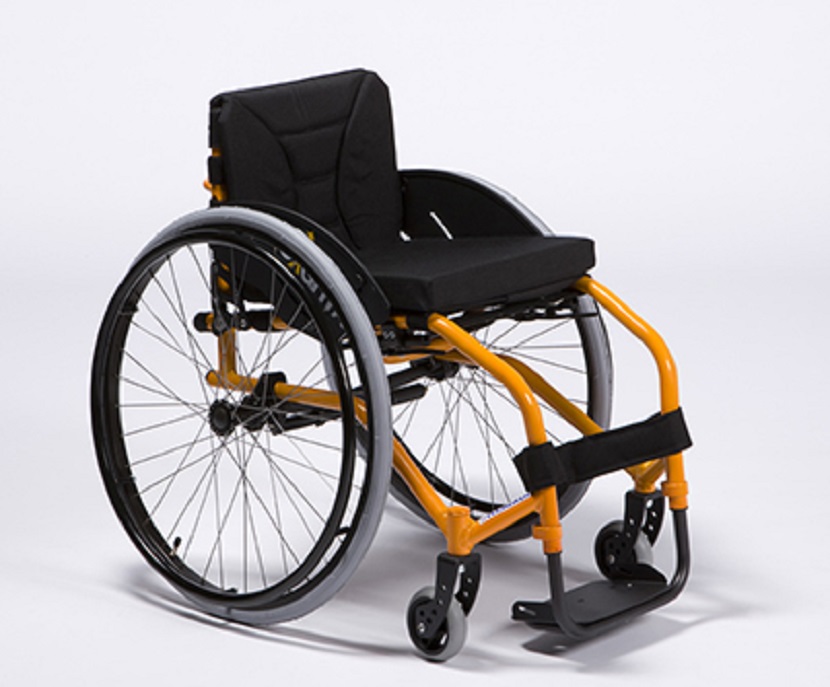What comes to mind when you think of wheelchairs and sports? Can you imagine the intersection of the two worlds? In today’s post, we aim to delve deep into the complexities and intricacies of an exciting and unique domain: sport wheelchairs. Have you ever wondered about the transformation of these wheelchairs, their structured designs, and innovative features? How did the idea of tailoring a wheelchair for sports evolve?
At first glance, one might be surprised at the mention of sports and wheelchairs together since sports, for many years, were considered predominantly for the able-bodied. However, this perception has been vehemently shattered, primarily due to the inspiring evolution of sport wheelchairs. It’s time we unveil the dynamic world of these specialist wheelchairs, their engineering marvels, and how they have revolutionized life for people with disabilities, leading to a stirring narrative of grit, determination, and inclusive sportsmanship.

From Functional to Athletic: The Early Evolution of Wheelchairs
Initially, wheelchairs were designed with basic functionality in mind, ensuring mobility for those who had difficulties walking or moving. But with the advent of competitive sports for the differently-abled, the need for sport-specific wheelchairs arose. This critical turning point highlights an immense step towards inclusivity in sports and technological advancements.
Though the idea of sport wheelchairs came into existence around the 1960s Paralympic Games, the real momentum gathered in the late 1970s and early 1980s. Racing wheelchairs were the pioneers, with slanted wheels and personalized seating systems for better performance. This transition was not merely aesthetic but was driven by the core objective of enhancing the physical performance of differently-abled athletes.
Design Dynamics: Revolutionary Wheelchair Architecture
Sport wheelchairs, when compared to standard wheelchairs, display unique design characteristics tailored to the athletes’ requirements and the specific demands of the sport. The emphasis is not merely on mobility, but likewise on speed, manoeuvrability, and safety.
The heart of a sport wheelchair’s design is user-centric. The three-wheeled racing chairs are engineered for speed, with elongated, lightweight frames and angled wheels to minimize friction. Contrastingly, court-based sport wheelchairs, used in basketball or tennis, feature strategic design adaptations such as wide bases, angled wheels, anti-tip bars, and wheelie bars for heightened stability and agility.
Fusion of Technology And Human Spirit
As technology has evolved over the years, so too has the innovative design of sport wheelchairs. New materials, enhanced ergonomics, and cutting-edge tech improvements now lend increased speed, control, and a customized fit to each athlete.
Computer-aided design (CAD) technology, advanced materials like titanium and carbon fiber, and even 3D printing technologies are benefitting the design process like never before, revolutionizing the concept of personalized fit and comfort for optimal performance on the field.
Embracing The Challenges
Despite the significant progress in sport wheelchair design, the challenges persist. These can range from cost implications, adjustment of athletes to new tech, and a perpetual need for further innovation.
Overcoming these challenges requires a continuous commitment to research, further developments in technology, and an absolute focus on the athlete’s comfort and performance needs. The journey isn’t without obstacles, but the progress made thus far is nothing short of encouraging.
Impacts Beyond The Court
The positive impact that sport wheelchairs have had on the lives of those who use them extends far beyond the sporting arena. They are a symbol of empowerment and a testament to the fact that limitations are often only a state of mind.
Sport wheelchairs have not only enabled athletes to excel at their sport but have acted as a catalyst towards shifting societal perceptions around disability, showcasing that sport is truly for everyone, regardless of physical abilities or disabilities.
In Conclusion
The world of sport wheelchairs stands as a striking instance of human creativity, resilience, and inclusivity. Their evolution from basic functionality to high-performance sports gear illustrates how innovative design and technology can enhance human potential and break down perceptual barriers.
The future of sport wheelchairs is promising and exciting, with newer technologies and designs continually pushing the boundaries. The one constant that will remain is the inspiration drawn from the athletes who refuse to let their physical challenges overshadow their sporting spirit. It is a testament to their determination that industries continue to innovate and invent, above and beyond, to match their indomitable will. Such is the compelling narrative of sport wheelchairs – a harmonious fusion of human spirit and technological innovation.












+ There are no comments
Add yours